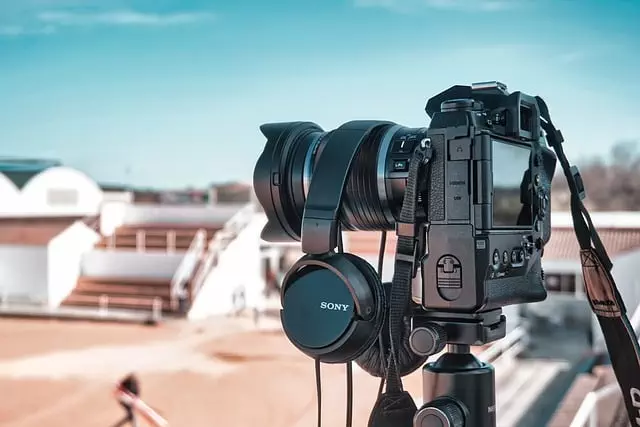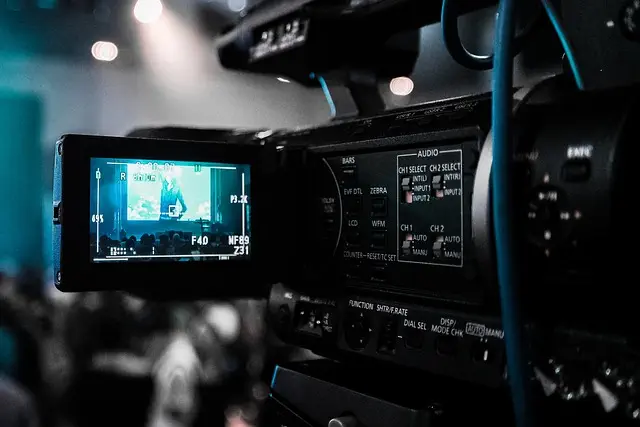Converting DivX to AVI format offers the best of both high-quality video compression and universal compatibility, ideal for streaming, downloading, and sharing. This process enhances video distribution by ensuring seamless playback on diverse devices and software, while preserving picture quality and audio integrity. Tools like HandBrake or FFmpeg facilitate efficient conversion with optimal settings, including appropriate bitrates, lossless encoding, and suitable codecs, leveraging hardware acceleration for faster processing.
“Revolutionize your digital video distribution with our in-depth guide on converting DivX to AVI. In today’s content-rich landscape, understanding formats like DivX and AVI is crucial for optimal playback across devices. This article explores the technical nuances of these formats, highlighting the significant advantages of converting DivX to AVI. We provide a comprehensive toolkit and best practices to ensure seamless conversion, enhancing your video distribution experience.”
Understanding DivX and AVI Formats: A Technical Overview

DivX and AVI are two popular video formats, each with its unique advantages and use cases in digital video distribution. DivX, developed by DivX Holdings, is a compression standard that offers high-quality video encoding at relatively small file sizes. It’s particularly known for its ability to maintain excellent picture quality while reducing the overall size of the video file, making it ideal for streaming and downloading. On the other hand, AVI (Audio Video Interleave) is a container format that supports various codecs and provides a straightforward way to store and play back video and audio content. AVI files are widely compatible across different platforms and media players, making them a universal choice for sharing videos.
When it comes to converting between these formats, many users opt for DivX to AVI conversion to take advantage of the benefits of both. Converting DivX to AVI allows users to ensure their videos remain high-quality while achieving better compatibility with various devices and software. This process is often seamless, enabling users to easily adapt their video content to different viewing environments without compromising visual or audio quality.
The Benefits of Converting DivX to AVI: Why It Matters

Converting DivX to AVI format offers several significant advantages for digital video enthusiasts and content distributors. One of the key benefits is compatibility; AVI (Audio Video Interleave) is a widely supported file type, ensuring your videos can be played seamlessly across various devices, media players, and platforms. This universal accessibility is particularly important in today’s diverse digital landscape.
Furthermore, converting DivX to AVI can improve video quality and compression efficiency. The AVI format allows for better preservation of original video data, resulting in crisper visuals and reduced degradation compared to some other formats. This is especially beneficial for long-term storage and sharing, ensuring your videos maintain their integrity over time.
Implementing the Conversion: Tools and Best Practices

Implementing the conversion from DivX to AVI format can be a game-changer for digital video distribution, offering enhanced compatibility and improved playback across various devices. To ensure a smooth transition, it’s essential to employ robust tools and adhere to best practices. Start by selecting a reliable converter that supports both DivX and AVI input/output. Open-source options like HandBrake or FFmpeg are popular choices due to their efficiency and customization capabilities.
When converting, consider these key practices: optimize video quality by adjusting bitrates appropriately; maintain audio integrity through lossless encoding where possible; and, if necessary, recode to a suitable codec like Xvid or MPEG-4 for a balance between file size and compatibility. Regularly update your conversion settings based on new technology advancements to take full advantage of hardware acceleration features offered by modern converters.
Converting DivX to AVI format offers a seamless and efficient solution for digital video distribution, catering to diverse audience needs. By understanding the technical nuances of these formats and employing suitable conversion tools, content creators can optimize their videos for various platforms and devices, ensuring a superior viewing experience. The process, outlined in this article, provides a practical approach to mastering the Convert DivX to AVI transition, marking a significant step towards revolutionizing video accessibility and quality.
